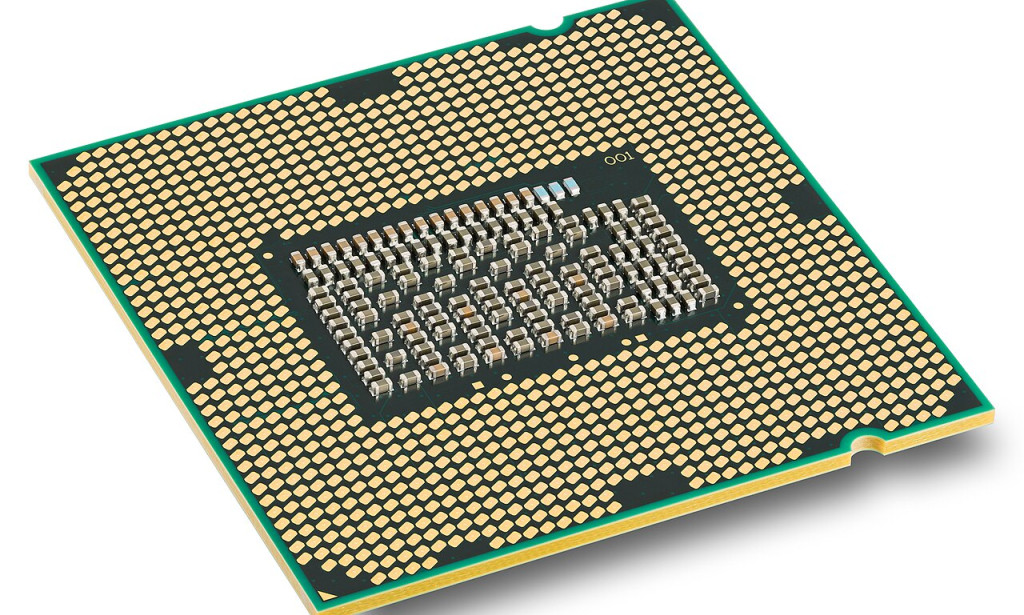An In-Depth Look at the Intel CPU
Introduction
Intel, a name synonymous with innovation in the realm of computing, has long been at the forefront of semiconductor technology. As a pioneering company in the development of microprocessors, Intel has played a pivotal role in shaping the modern computer landscape. In this article, we will delve into the Intel CPU architecture, its evolution, features, performance, and impact on computing.
The Evolution of Intel CPUs
Intel's journey in microprocessor development began in the early 1970s with the introduction of the Intel 4004, the world's first commercially available microprocessor. This groundbreaking technology paved the way for a myriad of advancements, leading to the development of the x86 architecture, which became the standard for personal computers.
Over the years, Intel has released numerous generations of CPUs, each marked by improvements in performance, efficiency, and capabilities. From the original Pentium series in the 1990s to the modern-day Core series, Intel's CPUs have continuously evolved to meet the demands of users across various sectors, including gaming, business, and artificial intelligence.
Core Architecture
The Intel Core series, introduced in 2006, marked a significant shift in Intel's product line, focusing on dual-core and multi-core processors to enhance parallel processing capabilities. The Core architecture is based on a microarchitecture known as Nehalem, which brought about significant improvements in performance, energy efficiency, and integrated memory controllers.
Generations of Intel Core Processors
The Intel Core series has seen multiple generations (currently entering its 13th, with more expected in the future) each introducing new features and enhancements:
1. 1st Generation (Nehalem): Introduced hyper-threading and integrated memory controllers.
2. 2nd Generation (Sandy Bridge): Featured a new microarchitecture that improved performance per watt and introduced integrated graphics within the CPU die.
3. 3rd Generation (Ivy Bridge): Shifted to a 22nm process technology, further enhancing power efficiency and introducing PCI Express 3.0 support.
4. 4th Generation (Haswell): Further enhanced graphics performance and battery life, and introduced new instruction sets for improved computing tasks.
5. 5th Generation (Broadwell): Focused on reducing power consumption and enhancing integrated graphics capabilities.
6. 6th Generation (Skylake): Introduced support for DDR4 memory and made further strides in energy efficiency and performance per watt.
7. 7th Generation (Kaby Lake): Focused on optimizations to the existing architecture, enhancing performance in productivity and media consumption.
8. 8th Generation (Coffee Lake): Increased the number of cores across mainstream processors, significantly boosting multi-threaded performance.
9. 9th Generation (Coffee Lake Refresh): Introduced more robust overclocking capabilities and improved thermal management.
10. 10th Generation (Comet Lake and Ice Lake): Emphasized integrated graphics and AI capabilities, with Ice Lake utilizing a 10nm process for better efficiency.
11. 11th Generation (Rocket Lake): Focused on enhancing single-threaded performance and improved integrated GPU performance.
12. 12th Generation (Alder Lake): Introduced a hybrid architecture, integrating high-performance cores with high-efficiency cores.
13. 13th Generation (Raptor Lake): Further optimizing the hybrid architecture and enhancing performance.
Key Features
Intel CPUs come with a variety of features that enhance their performance and usability:
- Hyper-Threading: This technology allows each core to handle two threads simultaneously, significantly boosting performance in multi-threaded applications.
- Turbo Boost: A dynamic frequency scaling technology that automatically increases the processor's clock speed when extra performance is needed.
- Integrated Graphics: Many Intel CPUs come with Intel UHD Graphics, allowing for decent performance for casual gaming and media consumption without a discrete GPU.
- Security Features: Intel CPUs include hardware-based security technologies, such as Intel SGX (Software Guard Extensions) and Intel AES-NI (Advanced Encryption Standard New Instructions), designed to protect sensitive data.
Performance and Applications
Intel CPUs are found in a vast range of applications—from high-end gaming rigs to data centers handling extensive workloads. The performance of Intel processors is measured using various benchmarks and real-world application scenarios. In gaming, Intel CPUs are known for providing higher frame rates due to their strong single-threaded performance, while in professional applications, such as video editing and 3D rendering, multi-core processing capabilities come to the fore.
Impact on the Industry
Intel's continuous advancements have not only transformed consumer computing but have also influenced industries such as artificial intelligence, machine learning, and cloud computing. The integration of AI capabilities into CPUs allows for real-time data processing and analysis, pushing the boundaries of what is possible in technology.
Conclusion
The Intel CPU remains a cornerstone of modern computing technology, providing the performance and capabilities necessary to drive innovation across various sectors. With each new generation, Intel continues to refine its architecture, delivering CPUs that not only meet but anticipate the needs of users. As we look to the future, it is clear that Intel will continue to play a significant role in shaping the landscape of technology, with advancements that promise to change how we interact with computers and how they serve our needs.

You must be logged in to post a comment.